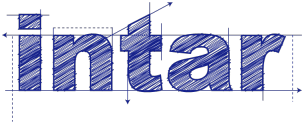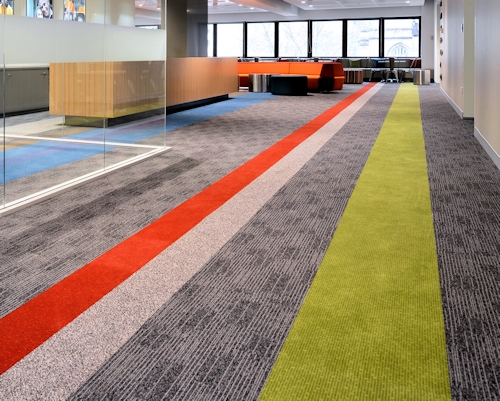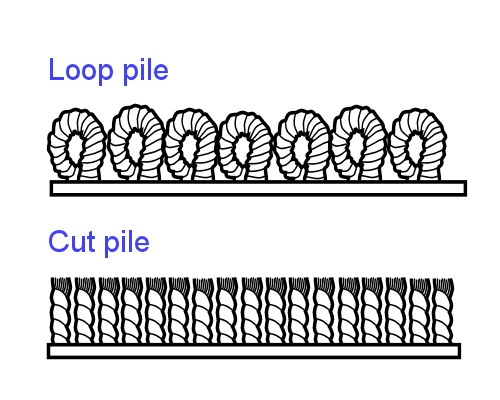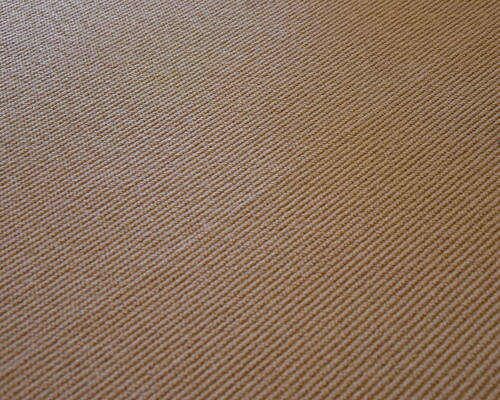Carpet
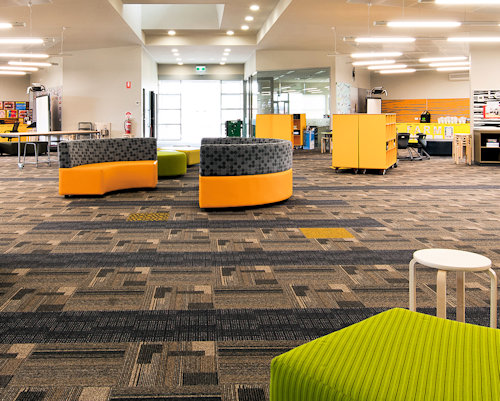 Audio for slide 2 (mp3 |6|KB)
Audio for slide 2 (mp3 |6|KB)
Fusion bonded carpet lends itself more to carpet tile production, especially for office environments.
Woven carpet tends to be more expensive than tufted or fusionbonded carpets, but the range of patterns and designs available are virtually unlimited.
Below are the construction methods used in the manufacture of these different types of carpet.

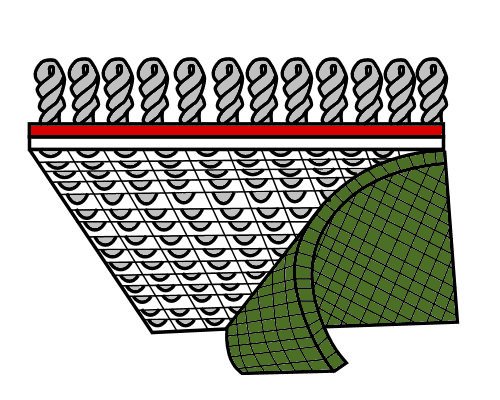 Audio for slide 3 (mp3 |6|KB)
Audio for slide 3 (mp3 |6|KB)
Tufted carpet
'Tufting' refers to the process of inserting tufts of yarn into a backing cloth with a needle.
The tufting loom has hundreds of needles that work like a sewing machine.
After the tufts have been anchored into the primary backing with a latex adhesive, a secondary backing is added to give the carpet better dimensional stability.
This extra stability helps when the carpet is stretched into place during installation.

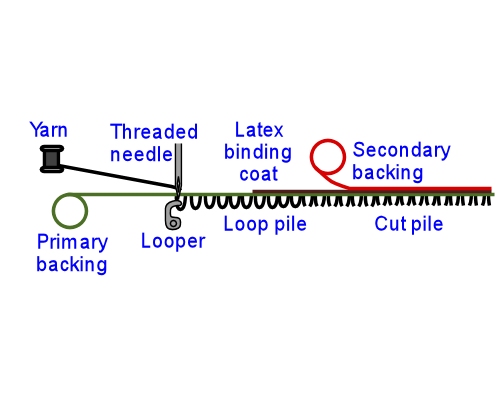 Audio for slide 4 (mp3 |6|KB)
Audio for slide 4 (mp3 |6|KB)
The diagram at right shows the main parts of a tufting loom.
Here are some more details on the terms used in the diagram:
Pile: formed from the yarn, which can be either coloured before manufacture, or dyed or printed after manufacture
Primary backing: the cloth that holds the tufts in place until the secondary backing is applied
Latex binding coat: the adhesive that seals the fibres in position and bonds the secondary backing
Secondary backing: an extra backing layer that stabilises the material and helps it to stretch but stay in shape.

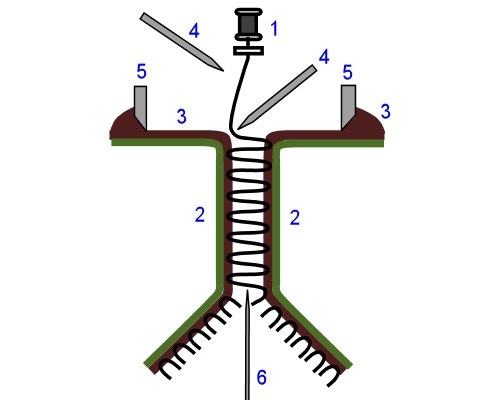 Audio for slide 6 (mp3 |6|KB)
Audio for slide 6 (mp3 |6|KB)
Fusion bonded carpet
The main difference between bonded carpet and tufted carpet is that fusion bonding relies entirely on the adhesive layer to hold the pile material in position - the yarn does not penetrate the backing fabric at all.
Bonded carpet is made by lapping the pile yarn (shown as 1 in the drawing at right) backwards and forwards between two backing materials (2) coated with adhesive (3).
The yarn is implanted into the adhesive with pleating blades (4), and the adhesive thickness is controlled by a glue scraper (5).
Once the adhesive has set, the 'sandwich' is then split down the centre with a knife (6) to form two separate carpets.

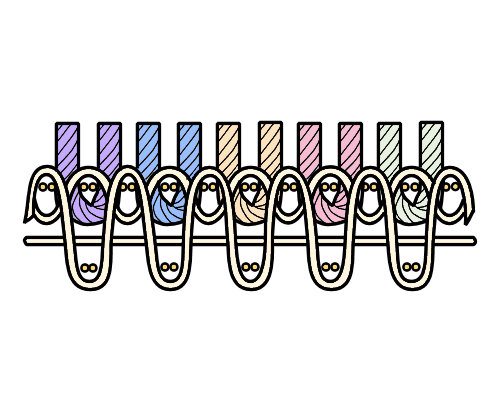 Audio for slide 7 (mp3 |6|KB)
Audio for slide 7 (mp3 |6|KB)
Woven carpet
Woven carpet, as the name suggests, uses traditional weaving methods to make the fabric.
Because there are more labour and manufacturing processes involved, the final product tends to cost more than other construction methods.
However, many different colours can be used, and the weaving loom is able to produce intricate designs in a very durable finish.
The two best known woven carpets are Axminster and Wilton, which is a reference to the types of looms they are produced on.
These carpets are often specified in prestige restoration projects and luxury homes.
The diagram above shows an Axminster weave construction.

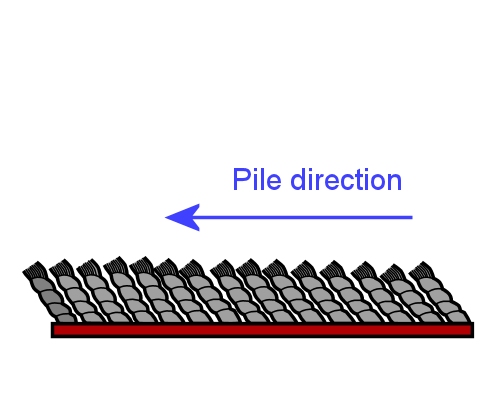 Audio for slide 8 (mp3 |6|KB)
Audio for slide 8 (mp3 |6|KB)
Pile direction
The pile of a carpet tends to lay in a particular direction.
If it's laying towards you, it will look darker because you're looking 'into' the pile.
If it lays away from you, it will look lighter because you're looking 'over' the pile.
Whenever you put two pieces of carpet side by side, you need to make sure that the pile direction is the same on both pieces.
Manufacturers generally put a coloured thread on the backing on one side to indicate the pile direction.

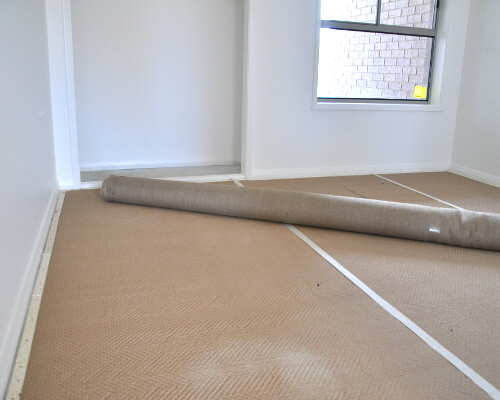 Audio for slide 10 (mp3 |6|KB)
Audio for slide 10 (mp3 |6|KB)
Backing materials
Jute is the traditional fibre used in tufted carpet backing materials. It has good dimensional stability and is able to stretch.
However, if it gets wet it will shrink, and sometimes leave a brown or yellow stain on the pile surface.
It is also an imported material and not always reliable in terms of availability.
These days, jute is not commonly used for primary backing, but is still the preferred material for secondary backing.

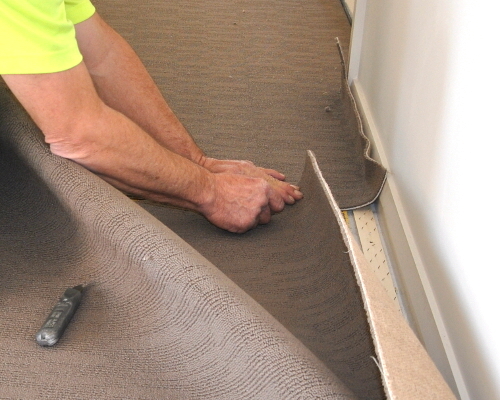 Audio for slide 11 (mp3 |6|KB)
Audio for slide 11 (mp3 |6|KB)
Synthetic materials, especially polypropylene, are becoming much more popular for primary backing. They are economical, water resistant and stretchable.
However, they are heat-sensitive, which can cause problems with some manufacturing techniques, as well as installations that involve hot-melt seams.
They also tend to fray when they're being cut or seamed during installation.
Fusion bonded carpets use layered vinyl or plastic backing materials, with a fiberglass scrim for dimensional stability.

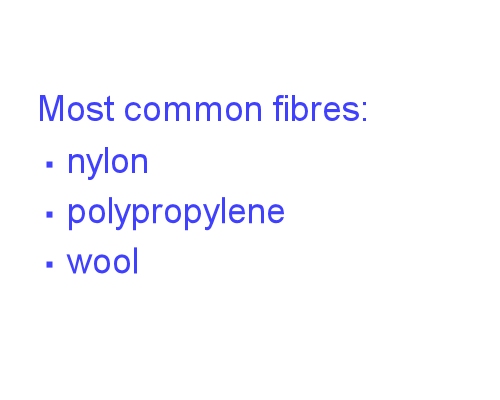 Audio for slide 12 (mp3 |6|KB)
Audio for slide 12 (mp3 |6|KB)
Carpet fibre
There are several types of fibre used in carpet. Each has its advantages and disadvantages as a raw material, but when the varying characteristics are taken into account during the manufacturing and installation processes, they all perform well on the floor.
In Australia, the three most commonly used fibres are: nylon, polypropylene (also called 'olefin') and wool. Some carpets are made of fibre blends, such as 80% wool and 20% nylon.

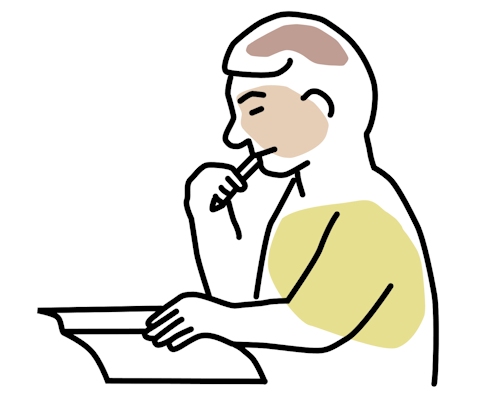
Learning activity
Audio 13 (mp3 |6|KB)Choose one carpet product you're familiar with that is suitable for dual bond or direct stick installation. Provide the following details:
- brand name and manufacturer of the carpet.
- type of carpet (tufted, fusion bonded or woven)
- pile texture
- materials used in the carpet fibres
- backing materials used





